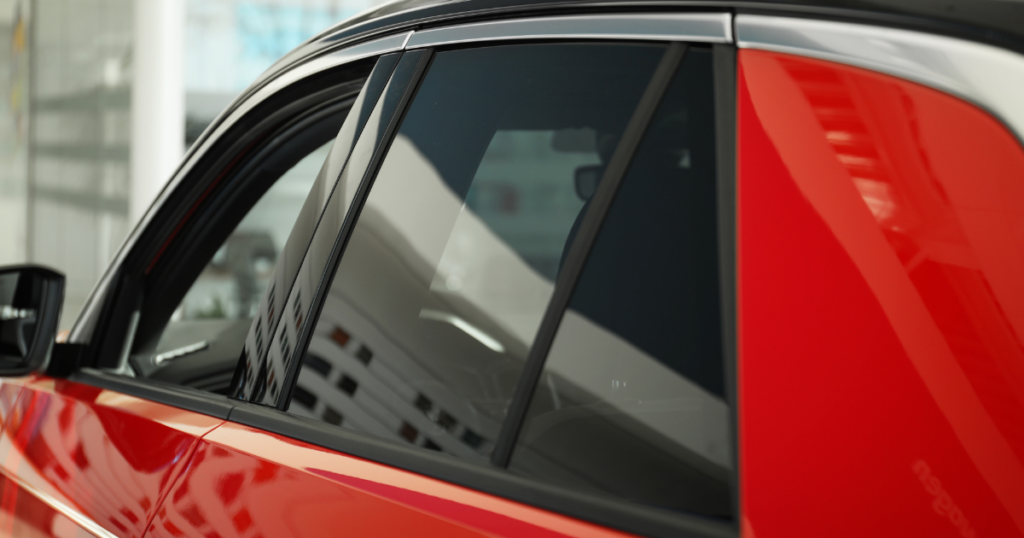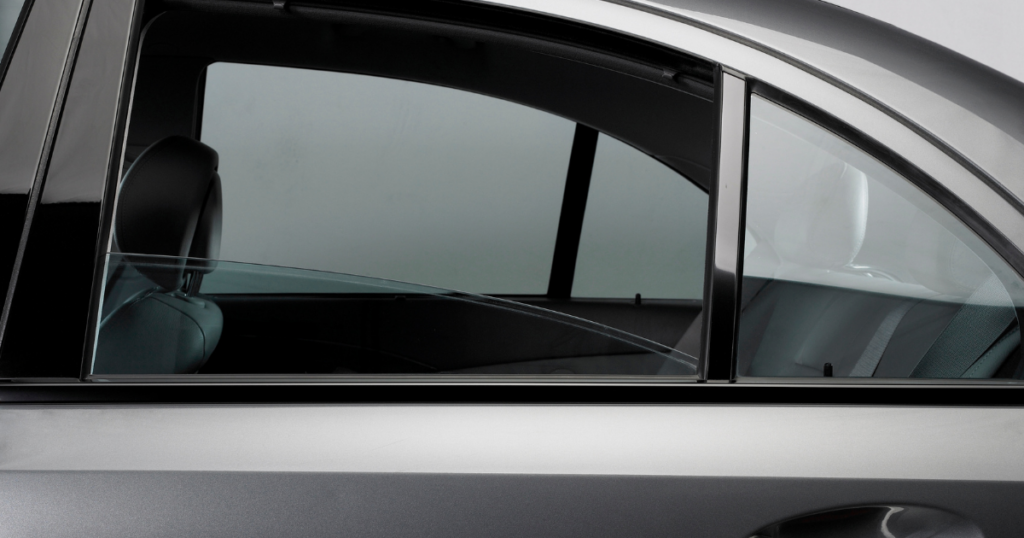In the world of automotive components, the window regulator might not get as much attention as the engine or transmission. However, it plays an essential role in the comfort and functionality of your vehicle. Whether you’re cruising down the highway or stuck in traffic, the ability to open and close your windows with ease is something many of us take for granted—until it stops working. So, what exactly does the window regulator do, and why is it so important?
Understanding the Car Window Regulator
A window regulator is a mechanical assembly behind your car door panel that’s responsible for the movement of your side windows. It allows you to control the window’s rise and descent, whether you’re operating it manually with a hand crank (in older models) or pushing a button in more modern electric versions. The regulator works seamlessly within the door frame, converting the rotary motion of the motor (or your hand) into the linear motion needed to move the window up and down.
Types of Window Regulators
Understanding the different types of window regulators can help you diagnose issues and communicate more effectively with automotive professionals when you need repairs. The main types include:
Scissor Type
This traditional design is often found in older vehicles. It operates in a cross pattern that expands and contracts, similar to a pair of scissors, to raise or lower the window. While they are generally robust and long-lasting, scissor-type regulators can be bulkier and noisier compared to more modern designs.
Cable Type
Common in newer car models, cable-type regulators use a system of wires and pulleys to move the window up and down. They are more compact and operate more quietly than scissor types. However, the cables can become tangled or worn over time, which may necessitate more frequent replacements than their scissor counterparts.
Manual Window Regulator
Manual regulators require physical effort from the user, typically involving a hand crank to operate. These are less common in contemporary vehicles but can still be found in base model cars or older models. They are appreciated for their simplicity and reliability, as there are fewer components that can fail compared to power regulators.
Power Window Regulator
These are the most prevalent in modern vehicles, offering convenience and ease of use. Operated by an electric motor controlled by a button or switch, power window regulators provide a smooth operation and can often be integrated with the vehicle’s computer system for functionalities like automatic rolling up or down when the car is locked or unlocked. While they offer enhanced comfort and are a standard feature in most new cars, they can be more complex and expensive to repair than manual regulators.
Recognizing Window Regulator Failure
Window regulator failure can manifest in several ways, but here are the most common signs:
- Slow Window Movement: If your window moves slower than usual, it could indicate that the regulator is wearing out.
- Strange Noises: Grinding or clicking sounds when you try to use the window can signal a problem with the regulator’s gears or motor.
- Window Drops: One of the most noticeable signs is when the window falls into the door panel, indicating a complete regulator failure.
Replacing and Maintaining Your Window Regulator
When faced with a malfunctioning window regulator, it’s often best to replace it, as repairs can be complex and temporary. Replacement can vary in complexity depending on the vehicle model and type of regulator. While some car enthusiasts might tackle this as a DIY project, it’s usually recommended to seek professional help to ensure the new regulator is installed correctly and safely.
To prolong the life of your window regulators, regular maintenance is key. This includes keeping the window tracks clean and lubricated and avoiding forceful interactions with the windows (like slamming them shut or trying to force them open or closed).
Conclusion
The humble window regulator is a vital component of your vehicle, ensuring comfort, convenience, and even safety. Recognizing the signs of a failing window regulator and addressing them promptly can save you from the inconvenience and potential safety hazards of a non-operational window.
As automotive technology advances, the window regulator will continue to evolve, offering even greater functionality and integration with the vehicle’s overall system. So next time you press that button or turn that crank to open your window, take a moment to appreciate the intricate mechanism at work, ensuring your journey is not just comfortable but connected.
Back to top: What Does the Window Regulator Do?




